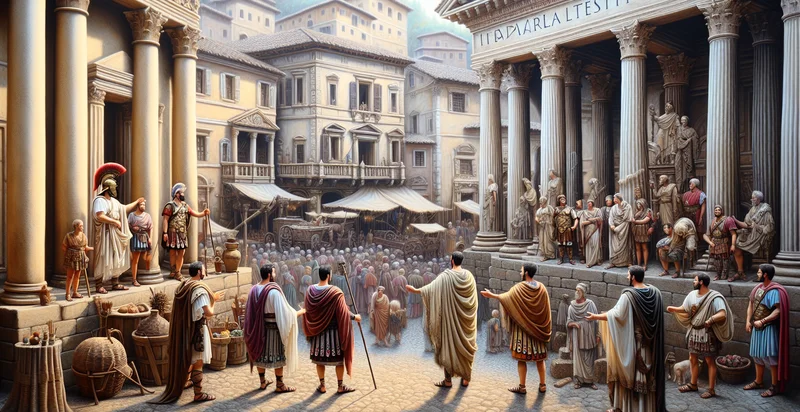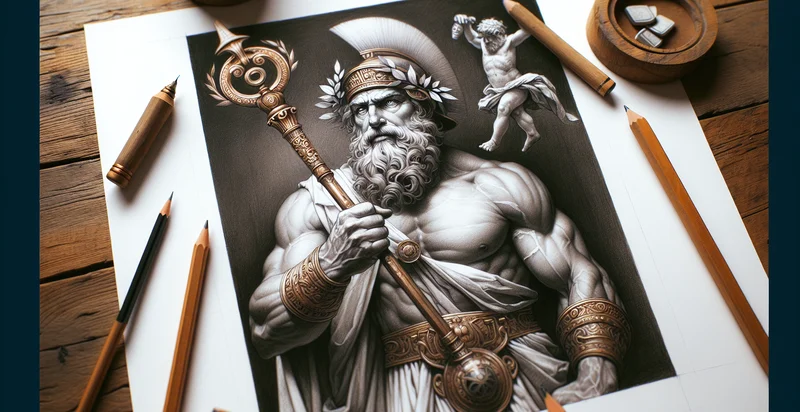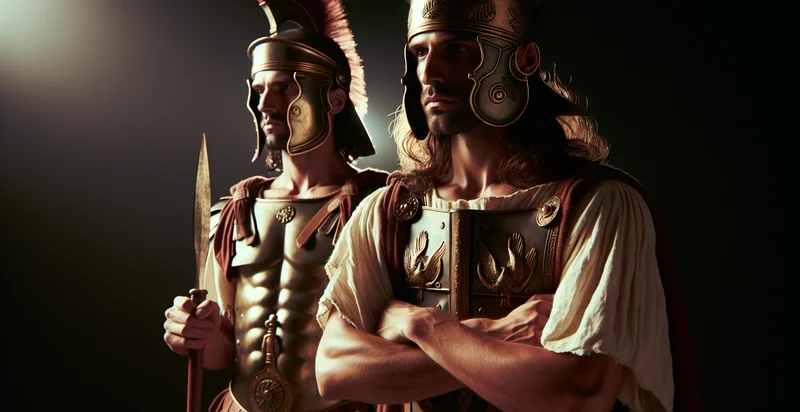Identify roman emperor by picture
using AI
Below is a free classifier to identify roman emperor by picture. Just upload your image, and our AI will predict which Roman emperor is depicted in the image - in just seconds.

Contact us for API access
Or, use Nyckel to build highly-accurate custom classifiers in just minutes. No PhD required.
Get started
import nyckel
credentials = nyckel.Credentials("YOUR_CLIENT_ID", "YOUR_CLIENT_SECRET")
nyckel.invoke("roman-emperor-by-picture", "your_image_url", credentials)
fetch('https://www.nyckel.com/v1/functions/roman-emperor-by-picture/invoke', {
method: 'POST',
headers: {
'Authorization': 'Bearer ' + 'YOUR_BEARER_TOKEN',
'Content-Type': 'application/json',
},
body: JSON.stringify(
{"data": "your_image_url"}
)
})
.then(response => response.json())
.then(data => console.log(data));
curl -X POST \
-H "Content-Type: application/json" \
-H "Authorization: Bearer YOUR_BEARER_TOKEN" \
-d '{"data": "your_image_url"}' \
https://www.nyckel.com/v1/functions/roman-emperor-by-picture/invoke
How this classifier works
To start, upload your image. Our AI tool will then predict which Roman emperor is depicted in the image.
This pretrained image model uses a Nyckel-created dataset and has 20 labels, including Antoninus Pius, Augustus, Caligula, Caracalla, Claudius, Commodus, Constantine, Diocletian, Domitian and Hadrian.
We'll also show a confidence score (the higher the number, the more confident the AI model is around which Roman emperor is depicted in the image).
Whether you're just curious or building roman emperor by picture detection into your application, we hope our classifier proves helpful.
Related Classifiers
Need to identify roman emperor by picture at scale?
Get API or Zapier access to this classifier for free. It's perfect for:
- Historical Education Tool: This function can be integrated into educational platforms to enhance learning about Roman history. Students can upload images of various ancient artifacts to receive information and context about Roman emperors associated with those images.
- Museum Interactive Experience: Museums can implement this function to create interactive exhibits where visitors can take photos of ancient Roman sculptures. The system will identify and provide detailed descriptions of the emperor depicted, enriching the visitor's experience and understanding of Roman art.
- Social Media Engagement: A social media app focused on historical themes can use this function to allow users to post images of Roman statues or coins. The app would classify and tag the emperor represented, fostering community discussion and engagement with historical content.
- Digital Archiving Project: Universities or libraries can incorporate this functionality into digital archiving projects to efficiently catalog images of historical artifacts. The automatic classification of emperors would streamline research and improve accessibility to educational resources.
- Augmented Reality Tours: Developers of augmented reality (AR) applications can utilize this identifier to create immersive experiences for tourists visiting historical sites. As users scan artifacts, the app will provide real-time identification and facts about the represented Roman emperor, enhancing their visit.
- Historical Research Aid: Researchers focusing on Roman history can use this identifier to classify images they encounter in their study. This tool would assist in quickly organizing visual data for analysis and publication, saving time and improving research accuracy.
- Content Creation for Publications: Publishers of historical content can incorporate this classification function into their workflow to quickly find and classify images. Historians and writers can generate more accurate and engaging articles or books about Roman emperors with tailored imagery as identified by the function.


